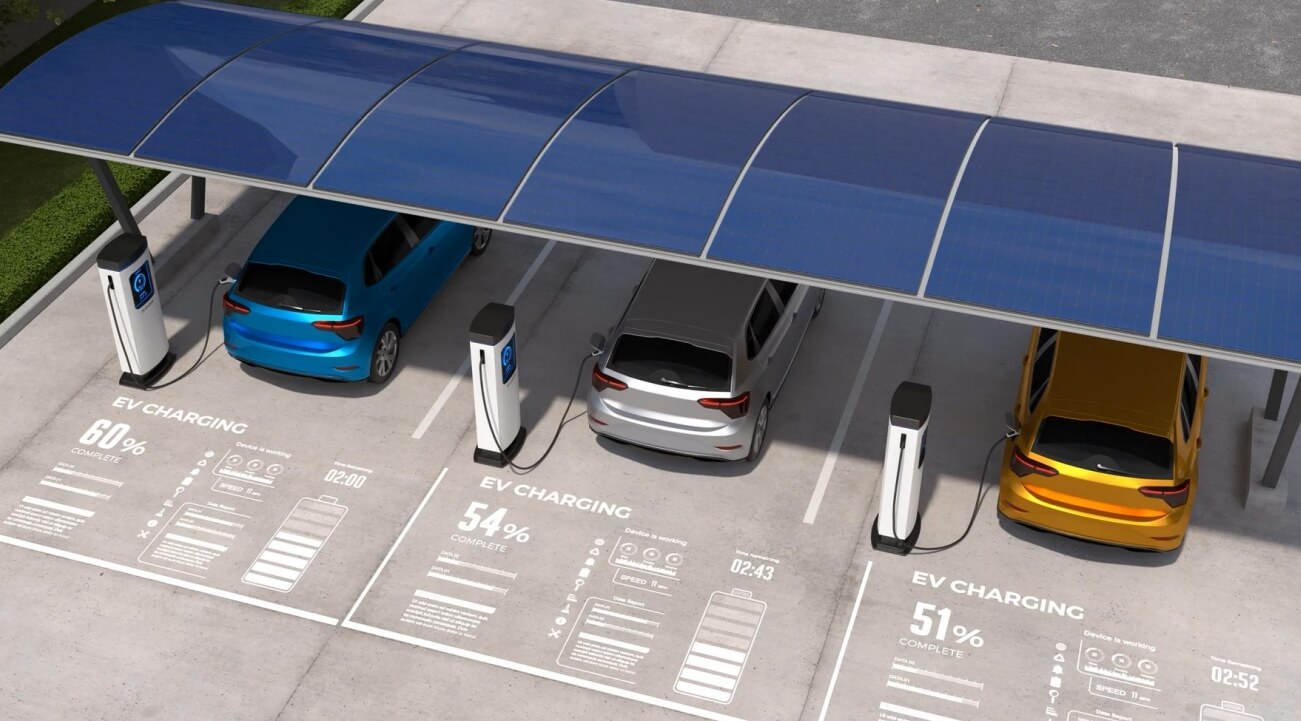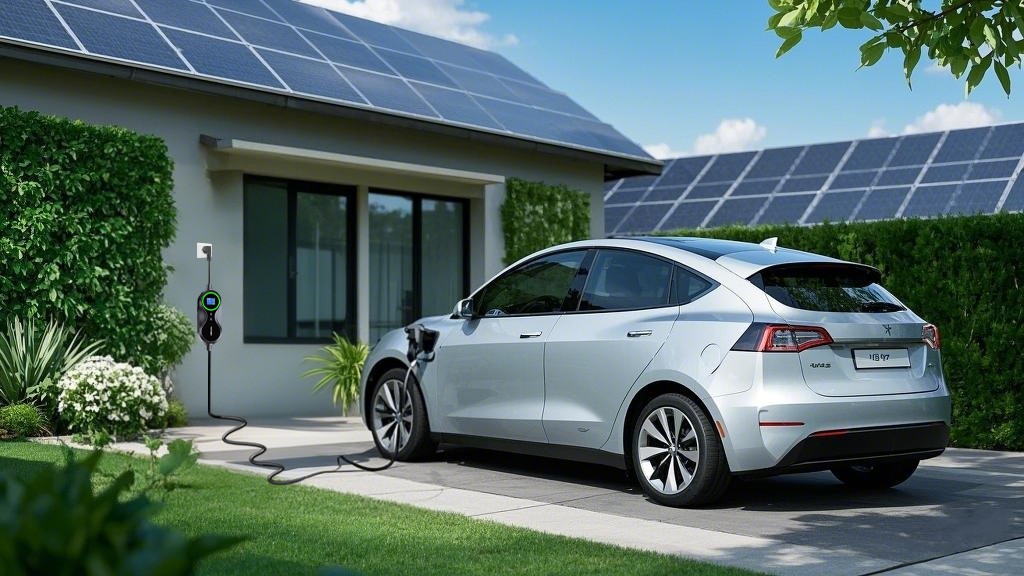Starting an EV Charging Business in Russia: Opportunities and Challenges
As global electric vehicle (EV) adoption accelerates, Russia presents an emerging opportunity for EV charging infrastructure development. While the Russian EV market remains in its early stages compared to Western Europe or China, government initiatives and gradual consumer interest create potential for forward-thinking entrepreneurs. This article explores the essential preparations, operating environment, risks, and profitability projections for starting an EV charging business in Russia.
Market Preparation
1. Regulatory Framework:
Russia has begun establishing regulations for EV infrastructure. Entrepreneurs must:
- Register as a legal entity (LLC recommended for foreign investors)
- Obtain permits for construction and electrical work
- Comply with GOST technical standards for charging equipment
- Consider certification requirements, which may differ for imported equipment
2. Location Analysis:
Strategic placement is crucial:
- Major cities (Moscow, St. Petersburg) show the highest EV concentrations
- Highway corridors between major cities present future opportunities
- Partnering with shopping malls, parking operators, or fuel stations can reduce land costs
3. Equipment Selection:
Given Russia's harsh climate:
- Choose chargers rated for extreme temperatures (-30°C to +35°C)
- Consider dual-standard chargers (CCS/CHAdeMO for fast charging)
- Weigh imported vs. domestic equipment (imports may face supply chain challenges)
4. Power Supply:
- Assess grid capacity with local providers (significant upgrades may be needed)
- Explore renewable integration (solar+battery systems can offset unreliable grids)
- Negotiate industrial electricity rates (typically ₽4-6/kWh)
Operating Environment
1. Market Size:
- Approximately 15,000 EVs in Russia (2023), growing at ~25% annually
- Government targets 25,000 charging stations by 2024 (current count ~1,500)
2. Government Policy:
- EV purchase subsidies up to 25% (max ₽625,000)
- Planned VAT exemption for charging services
- Local content requirements may apply to state-supported projects
3. Competitive Landscape:
- Dominated by state-affiliated players (Rosseti, Gazpromneft)
- Some private networks in major cities
- Limited interoperability between networks
Business Models
1. Pay-per-use Stations:
- Direct charging fees (₽10-20/kWh)
- Parking combo pricing
2. Fleet Partnerships:
- Contracts with taxi/ride-hailing companies
- Municipal vehicle charging
3. Value-added Services:
- Retail partnerships at charging locations
- Advertising displays
- Membership/subscription models
Key Risks
1. Market Adoption Risk:
- EV penetration remains low (0.1% of vehicle fleet)
- Consumer concerns about winter performance
- Limited affordable EV models available
2. Geopolitical Factors:
- Equipment import restrictions
- Foreign exchange volatility
- Potential difficulty repatriating profits for foreign investors
3. Operational Challenges:
- Extreme weather maintenance
- Vandalism/theft risks
- Grid instability in some regions
4. Regulatory Uncertainty:
- Evolving standards
- Potential for retroactive rule changes
- Local content requirements may increase
Financial Projections
Startup Costs (Single Station):
- Equipment: ₽1.5-3 million (fast charger)
- Installation: ₽500,000-1 million
- Permits/legal: ₽200,000-500,000
- Total per station: ₽2.2-4.5 million
Operating Costs (Monthly per Station):
- Electricity: ₽30,000-60,000
- Maintenance: ₽20,000-40,000
- Rent/land lease: ₽10,000-50,000
- Staffing: ₽50,000-100,000 (shared across multiple stations)
Revenue Potential:
- Assuming 5 sessions/day at 40 kWh/session:
- 200kWh/day × ₽15/kWh = ₽3,000 daily
- ₽90,000 monthly revenue per station
- Additional revenue from parking, advertising
Break-even Timeline:
- At 50% utilization: 3-5 years
- Faster with government subsidies or fleet contracts
Conclusion
While Russia's EV charging business presents notable challenges, particularly regarding market maturity and geopolitical factors, the first-mover advantage could prove valuable as the market develops. Success requires careful site selection, robust equipment choices, and diversified revenue streams. Partnerships with local entities may help navigate regulatory complexities.
With moderate utilization, investors can expect reasonable returns within 3-5 years, with significant upside potential if EV adoption accelerates faster than projected. As with many emerging markets, early entrants face higher risks but may secure the most attractive locations and government support opportunities.
Last Updated on May 14, 2025 by tayniu



